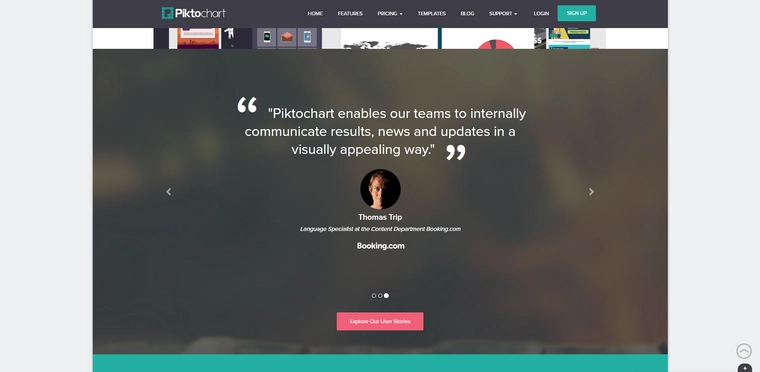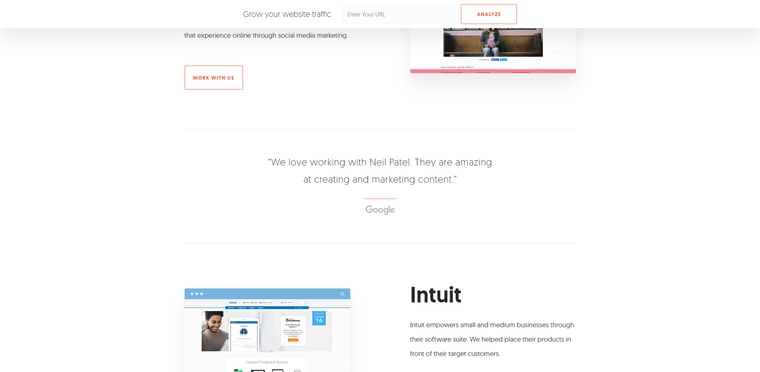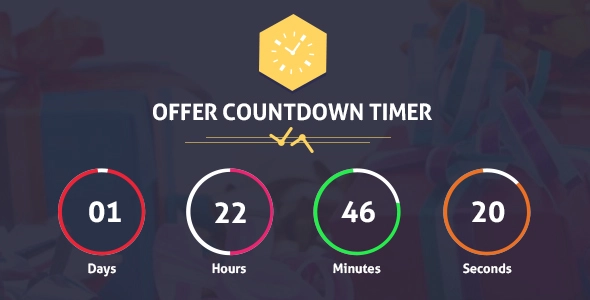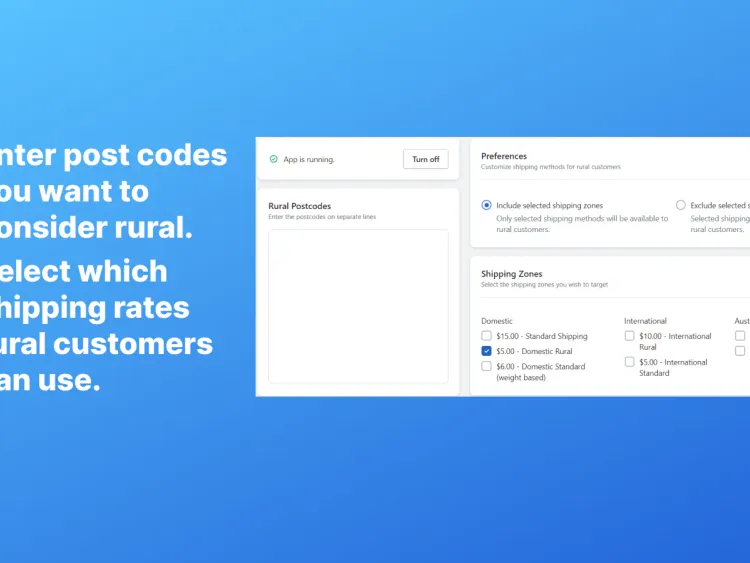
How to use Cialdini’s Influence Factors in your Website
Robert Cialdini’s Six Influence factors are often credited as the theoretical foundations of persuasion.
Robert Cialdini is the Arizona State University’s Regents’ Professor Emeritus of Psychology and Marketing and was a visiting professor of marketing, business and psychology at both Stanford University and the University of California. He is best known for his book on the principles of persuasion, influence and marketing, “Influence: The Psychology of Persuasion”, which sold over three million copies and was listed in Fortune’s “75 Smartest Business Books”.
His theory of influence in “Influence: The Psychology of Persuasion” is based on his three years of undercover experience in various sectors of professional persuasion including telemarketing firms, car dealerships and fund-raising organisations. From this, he developed the six principles that are used as the basis of many modern sales techniques.
How does this help your website? People are influenced all the time, and knowing what creates that influence is a part of achieving your business goals. Cialdini’s influence factors are the fundamental guidelines on how to create influence to achieve your goals.
What are Cialdini’s influence factors?
Cialdini’s six influence factors are:
- Reciprocity – We feel obligated to return a favour.
- Consistency – We try to honour the commitments we make.
- Social proof – People will do what other people will do.
- Liking – We respond better to positive relationships and likeable characters.
- Authority – We listen to authority figures that we trust.
- Scarcity – We want what has limited availability.

Reciprocity is the practice of exchanging something with the expectation of a mutual benefit. If someone does something for us, we feel obliged to do something for them in return to create a mutual benefit from the relationship.
People are wired to be like this, if someone does a favor for you, you will feel indebted to them and look for ways to return the favor.
Reciprocity is an important factor to utilize on your website because of the concept of perceived value. By providing value on your website, users will want to give value back to you which can be in the form of your underlying business goals. This reciprocation doesn’t have to be asked for; we’re socially wired to give it without being asked.
How to use Reciprocity
To utilize reciprocity offer something of perceived value on your website for free. This is applicable to any industry or business and what you can offer comes in many different forms including:
- Your commodity for free or discounted: This is probably the most straightforward; if you sell something of value, offer it for free or at a reduced rate. If it’s worth $150 and you gave them a discount for $50, you’ve given them a perceived $50 in total value.
- An estimate, proposal or cost breakdown: People like to know what they’re getting into financially and they also like to know where the money will go before they make a big decision. Offer them something to ease the process like an estimate or proposal at no cost to give them the perceived value of better decision making.
- Your time & expertise: Help them solve a problem or offer some advice in person or over the phone for half an hour or so. If there’s value in your expertise people will appreciate you taking the time out to help them.
- Your content: Make an e-book, blog post, infographic or some other medium of content and offer it for free. People find value in learning resources, especially if it’s valuable for their business.
There’s plenty of ways to create reciprocity, but giving without expectation is key.
Consistency

Consistency is the practice of people doing what they believe to be in line with their self-image of what they believe they are like. Generally, people see themselves as someone who honors commitments and as such if people make a commitment, they will likely follow through with the commitment.
Consistency can be used on your website by creating the concept of perceived commitments. By creating a promise, even small, you can expect the promise to be followed up on. People don’t want to be seen as inconsistent and as such, commitments made are likely to be honored.
How to use Consistency
Utilizing consistency on your website is done by playing into your ideal customer’s self-image and echoing that with your language and commitments. The first step of this is creating a persona of your ideal customer and then speak to that persona throughout your website. Some ways you can do this includes:
- Craft your value propositions and call to actions to speak to your persona: Write your content to match your ideal customer’s persona and speak directly to the kind of person they want to be. Do they want to be the leader of their industry? Then craft your value propositions to convey that.
- Multistep forms: If your point of conversion is a form, try splitting it into separate parts. If someone invest their time into the first stage of the form, even if that was easy, they’re more likely to commit to filling out the entire form.
- Lock something in: Get someone to book a time and/or place; doing so creates a commitment to a meeting, consultation or appointment meaning they’re more likely to fulfil it.
Through inviting commitment, you can produce expected results from your users.
Social Proof

Social proof is the concept that where people will assume that everyone is perceived to be doing something, it must be the correct course of action. Often referred to as herd behavior, social proof has its roots as far back as tribalism where conformity is a fundamental tactic of survival.
Social Proof is apparent throughout a wide variety of websites. They exist in the form of product reviews, likes/dislikes, and a list of people backing a cause or person and more.
Social proof is important for websites to use because it shows others have verified that your product, cause or service is worth the cost or commitment that is asked. How many times have you looked at the reviews of a product online before you bought it? That’s social proof in play.
How to use Social Proof
Social proof is something you should already have in one form or another to utilize social proof for your website. Once you have social proof, it’s just a matter of bringing it to the forefront for other users to see. There are many forms of social proof you can use such as:
- Positive reviews or testimonials: Take some particularly happy feedback and quote it somewhere, this shows that someone else was happy with the decision you want users to make.
- Social following: Display your Facebook likes, Twitter followers or other forms of social metrics to show people that your brand already has some real following out there.
- Website activity: Show people making new posts, review or comments on your website to convey that other people are actively involved with your website.
- Referrals: Get people to refer their friends for an incentive, such as a discount or gift. People are most influenced by people that they know.
Liking
We do business with the people that we like. Likeability is a massive factor of influence and success because it’s easier to do business with established positive relationships.
Likeability may not be as clear as other influence factors to implement on your website, but can still be done by making a likeable persona and relationship with your users.
How to use Liking
To create a likeable persona and establish a positive relationship with your users on your website, you have to convey a likeable personality.
Much like the influence factor of consistency, this first requires you to create an ideal customer persona. By creating an ideal customer persona you can define a set of personality traits and language choices that you believe your customers will see as a likeable personality.
You can then show this likeable personality in many ways on your website including:
- Crafting your main content to be likeable: Ditch the emotionless corporate speak and go for word choices that will make website visitors find your business to be likeable.
- Set up a live chat: A live chat on your website is a great way to make first contact with your website visitors and convey an attitude and personality that your customers love.
- Integrate your people into the website: Make a team page where people can learn more about who works within your business; this can help your business to appear more human and build relationships with your users.
Authority

Authority, whether it is perceived or real, is the ability to give orders, make decisions or enforce a perspective. While generally authority is a point of concern throughout history, industry authorities often present ideas or a concept which gets adopted by the masses.
Whether it is industry leaders, pioneers or large-scale producers of industry related content, industry authorities are a valuable asset to use on your website. They convey influence in their opinions which are often accepted or adopted without question, boosting the reputation of what they choose to promote.
How to use Authority
There’s a lot of ways you can use authority on your website, the main methods are:
- Utilize an existing authority: Perhaps an industry expert or leader is happy to provide a testimonial or review? Finding an authority that would gladly speak positive words about your business is a great benefit to your reputation and visibility. This can be a double edged sword though; you have to be confident that what you’re providing is worth a positive response from your industry’s authorities, otherwise you’re inviting the opposite of what you want through criticism followed by backlash.
- Become your industry’s authority: If your niche is well defined then you can become the authority in your own niche through providing content that relates to your niche. Start a blog and post relevant content to there.
Scarcity

Scarcity is the concept of creating demand through limited availability. If people think that something is going to disappear, there will be a higher demand for it. This is often done by stores through offers that last a limited time or products with limited stock.
Scarcity is easily applied to websites as well, different industries can effectively employ scarcity in different ways which improves conversion rate and total conversions through the perception of a limited time offer.
How to use Scarcity
Scarcity is easy to implement, here’s a few different ways that different industries can create scarcity on their website:
- Offering a discount for a limited time: Creating a discount that lasts for example only 12 hours with a countdown to when it ends creates a sense of urgency that increases the conversion rate.
- Offering something to only a limited amount of people: By offering a deal or opportunity to a set limit of people, such as a free consultation to the first 10 people that sign up, a sense of urgency is created to beat everyone else which translates to a higher demand. This can also be done by offering only a limited amount of stock for an item, such as selling only 100 of an item online before it disappears.
Conclusion
People are influenced all the time, and knowing how to use Cialdini’s influence factors is a fundamental part of achieving your business goals online. How will you use Cialdini’s influence factors online?


